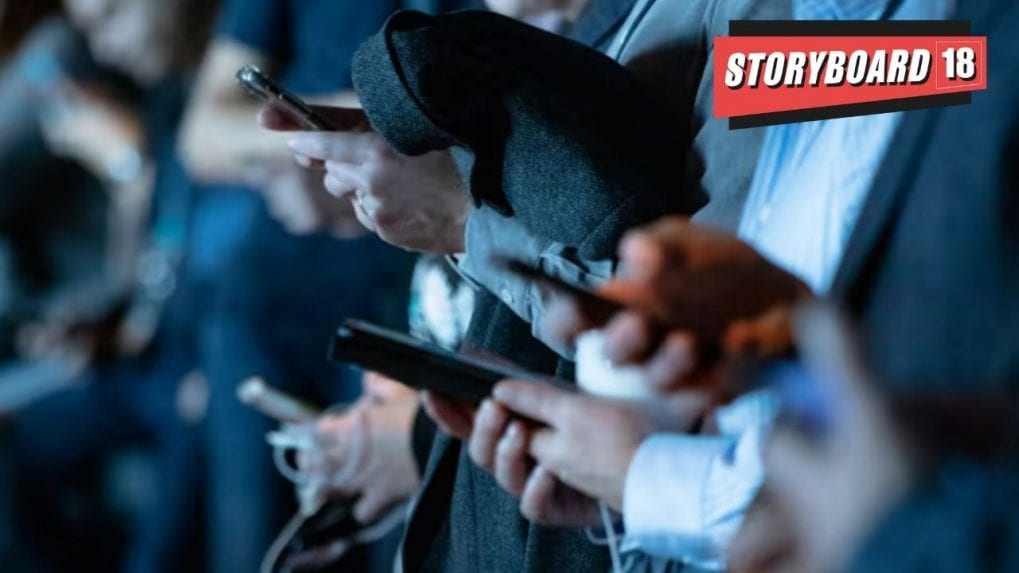Digital
Why OpenAI is hiring 100 ex-bankers: Inside the ChatGPT-maker's secret project to automate Wall Street's grunt work

The Parliamentary Standing Committee on Information and Communications Technology has urged the Ministry of Information and Broadcasting (MIB) to expedite policy finalization and assess the viability of Direct-to-Mobile (D2M) broadcasting, a new content delivery technology that could revolutionize media access across India.
In a report tabled in the Lok Sabha on July 24, 2025, the committee—chaired by Dr. Nishikant Dubey—reviewed the government’s response to earlier recommendations regarding the Digital Terrestrial Transmission (DTT) expansion under Prasar Bharati. The panel acknowledged that while the Ministry is in the process of finalizing a national policy on Digital Terrestrial TV, it also noted significant progress on D2M trials.
The Ministry informed the committee that Prasar Bharati has signed an MoU with IIT Kanpur for collaborative work in emerging broadcast technologies. Notably, Proof of Concept (PoC) trials for D2M have already been conducted in Bengaluru and Delhi.
Direct-to-Mobile (D2M) technology enables multimedia content to be broadcast directly to mobile phones without relying on internet connectivity—akin to how FM radio operates. The technology has the potential to improve access to educational content and emergency alerts, particularly in areas with limited or no internet coverage.
“The Committee would like to be apprised about the outcome of these initiatives,” the report stated, adding that a wider rollout in other cities should be considered depending on the success of current trials.
In its official reply, the MIB confirmed that it has advised Prasar Bharati to prepare a detailed roadmap for offering D2M as a public service, taking into account feedback from various stakeholder ministries.
Storyboard18 had earlier reported that large-scale pilot testing for D2M is expected to be announced within a year, with Prasar Bharati planning to invite bids for the same. A separate inter-ministerial committee—including representatives from the Department of Telecommunications (DoT), Ministry of Electronics and IT (MeitY), Department of Space (DoS), and MIB—is reviewing the proposal to ensure policy coherence.
Currently, D2M trials are underway in over 19 cities, with collaboration between Prasar Bharati, IIT Kanpur, and Saankhya Labs (now part of Tejas Networks). These tests involve both high-power and low-power transmitters, and could pave the way for cost-effective content distribution in Tier II and III cities.
MIB Secretary Sanjay Jaju had earlier emphasized D2M’s potential to democratize content access, while TRAI Chairman Anil Kumar Lahoti described the technology as a “viable alternative” for simultaneous media delivery amid India’s booming media and entertainment sector, projected to reach ₹3.08 trillion by 2026.
Further, Intel and Tejas Networks have successfully integrated Direct-to-Mobile (D2M) broadcasting technology into laptops, enabling the seamless delivery of multimedia educational content across India — without the need for Wi-Fi or internet connectivity. The technology will be presented at the World Audio Visual & Entertainment Summit (WAVES) 2025.
As the government weighs national rollout, the parliamentary committee has made it clear: it wants timely updates, measurable outcomes, and policy certainty to ensure India stays at the forefront of broadcast innovation.
From purpose-driven work and narrative-rich brand films to AI-enabled ideas and creator-led collaborations, the awards reflect the full spectrum of modern creativity.
Read MoreIn a wide-ranging interview with Storyboard18, Sorrell delivers his frankest assessment yet of how the deal will redefine creativity, media, and talent across markets.